Save Time and Money During Asset Maintenance
Maintenance Managers, Maintenance Planners, Maintenance Coordinators, Supervisors, Tradies, Reliability Engineers and Quality Assessors
Tall or Large - Ideal for Drones
If you are a Maintenance Manager, Planner or Maintenance Coordinator of large assets, then drone inspections provide maximum benefit when used on your bulky or inaccessible infrastructure that requires maintenance.

Visual Inspections = Maintenance 101
Visual inspections are a fundamental component of an efficient maintenance team seeking to maximise their preventative, predictive and condition-based inspection tasks. It is industry best practice to focus on these maintenance inspection types as they are the lowest cost action which also provide the longest lead time should an issue be identified. On the other end of the scale is “Unscheduled – Corrective Actions” (AKA breakdowns) with no notice, expensive resolutions and lost production. Drones provide an efficient method of performing the visual inspections, with the added benefits of safety, increased productivity increased uptime.
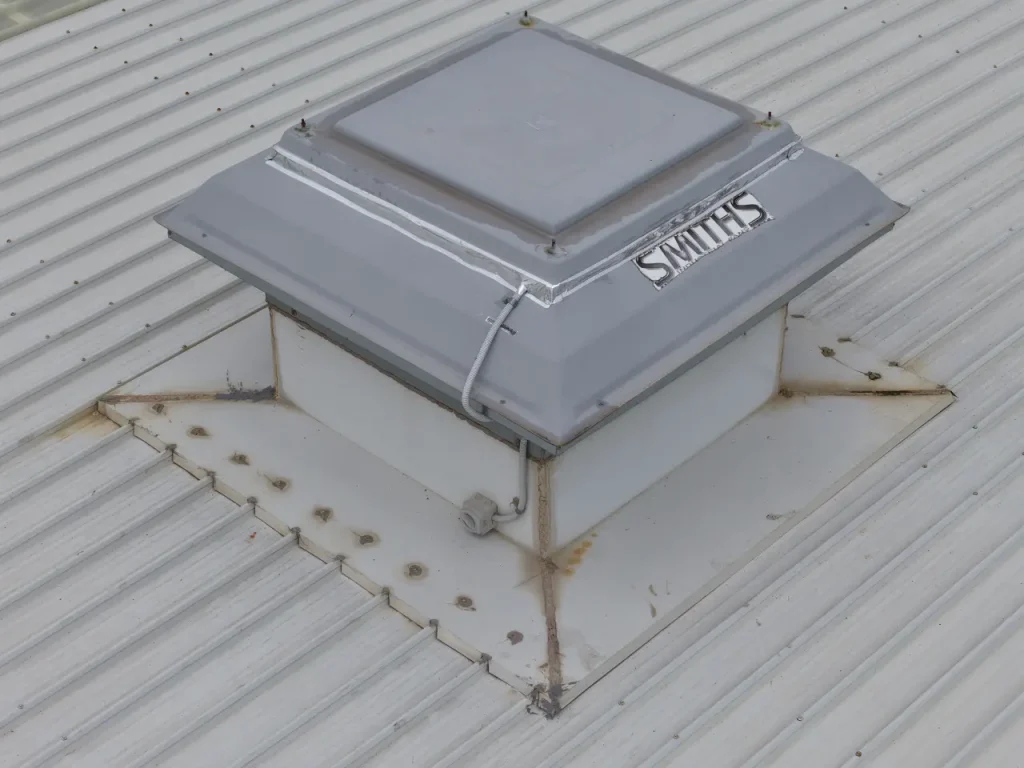
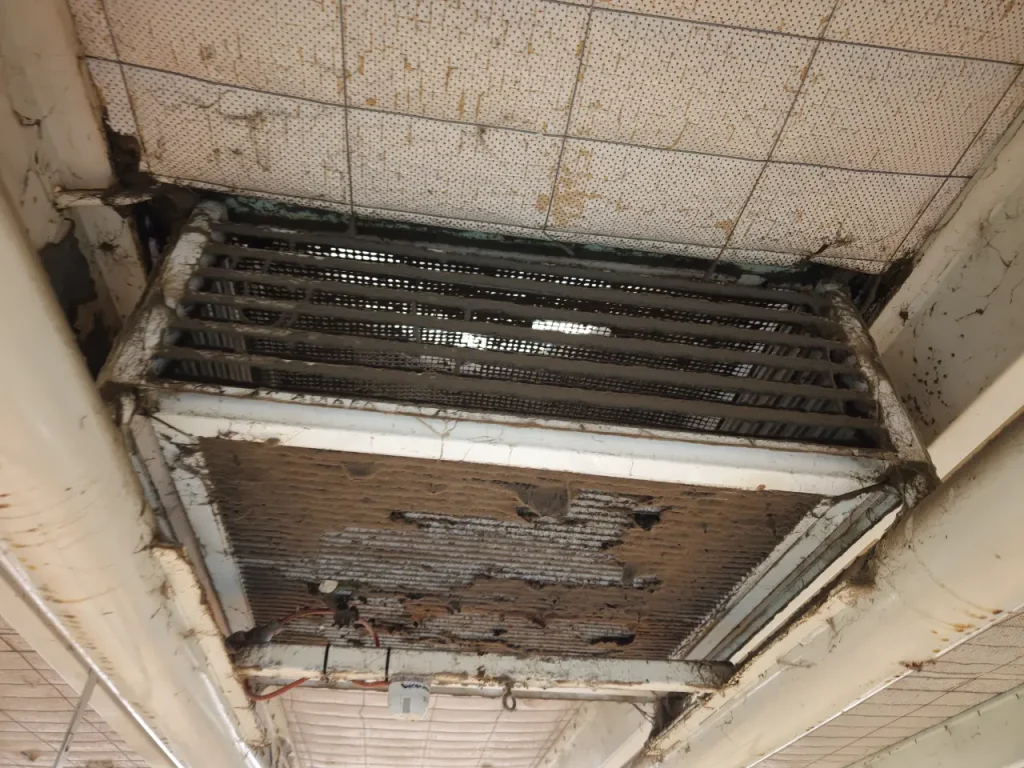
No Walkways or Ladders - No Problem for Drones
Not every shed, stack, conveyor, crane, ship loader, reclaimer, tower, pole, dam wall, pipe line, tank, hopper, overflow, drain, dish, light array, bridge, wind turbine, roof or building has walkways to inspect each part of the asset. Drones (or flying cameras), provide high resolution images of assets with perspectives simply not achievable any other way.
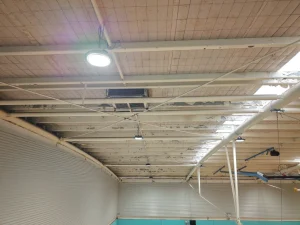
Safety - Eliminating the Exposure
The benefits to the Asset Maintainer – Safety: Walking on a roof, setting up and using an EWP, climbing a tower, harnessing on to inspect a beam or joint – all expose employees to working-at-height risks that can be avoided for visual inspections. If the worker can be positioned remotely from the hazard, the hazard is neutralised.
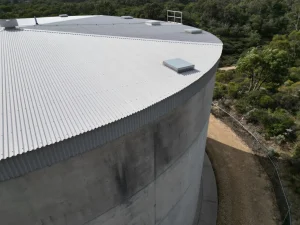
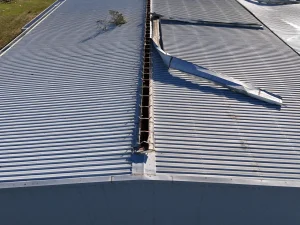
Identifying Issues - Before the Job Starts - Improves Productivity
Productivity – Firstly – drones can reach elevated assets faster and provide superior imagery over manned maintenance. Secondly – lost opportunity cost. Manned maintenance is necessary for condition monitoring such as thickness testing, clearance measurements and voltage testing. Pre-flying the asset can provide additional information such as rusty bolts, missing tek-screws, damaged protective coatings or damaged grease lines as examples – all of which are minor works and could be conducted whilst accessing the location for the planned condition monitoring maintenance. Reducing the number of visits, particularly for hard-to-reach locations, reduces labour hours resulting in increased productivity.
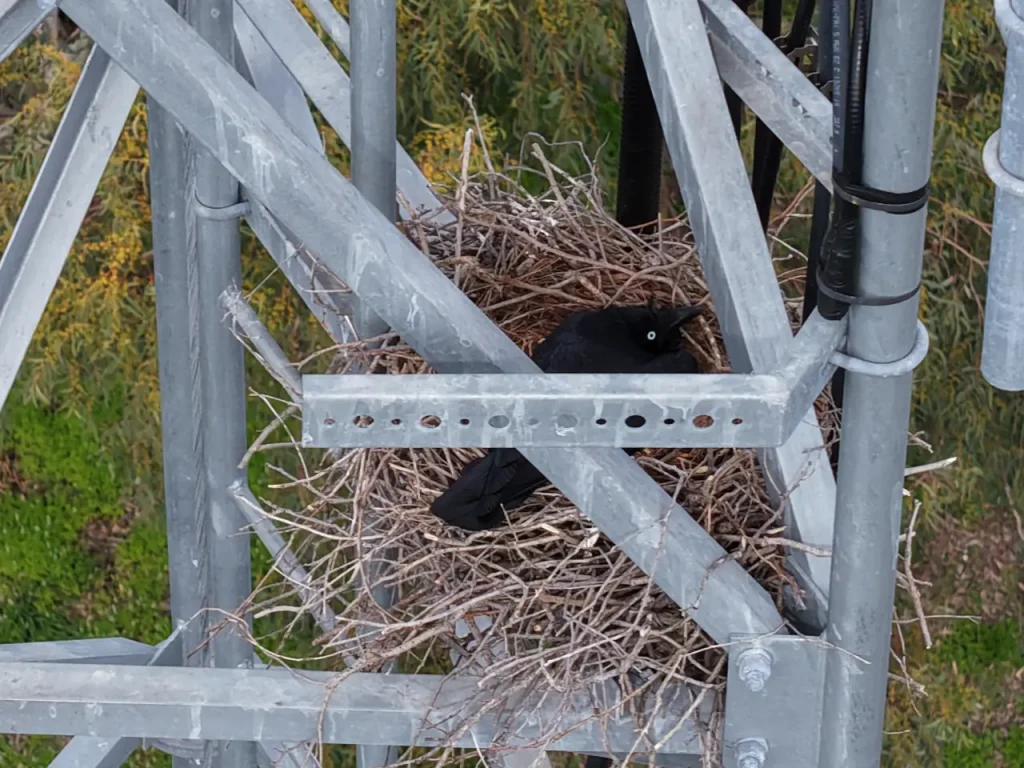
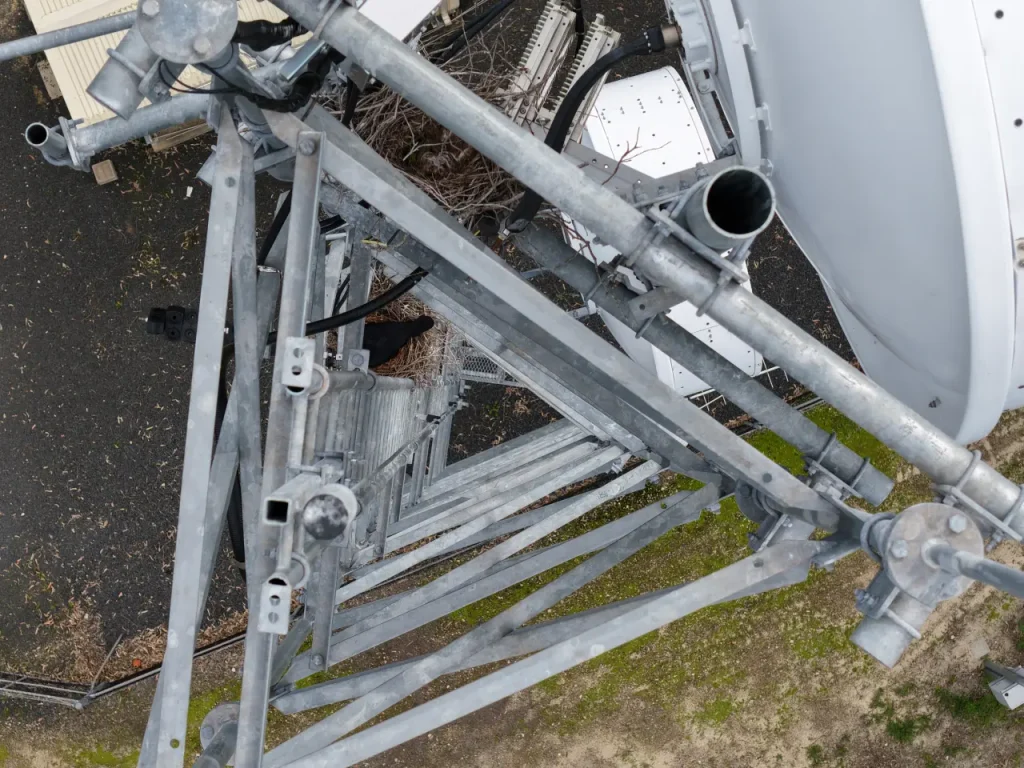
Less Downtime - Drones Don't Need Scaffolding or Power Outages
Reduced Downtime – For scaffolding, EWP’s and cranes, many assets will require significant downtime for installation of the access equipment. Visual inspections via drone require very little downtime, if any, to inspect the asset. For high voltage electrical equipment, this can be performed live, removing the need to isolate which could impact a significant number of downstream assets. For hot assets, such as kilns, driers, heat exchangers and stacks, the asset may remain on-line and at temperature as no access equipment is needed with personnel remaining remote from the heat source.
